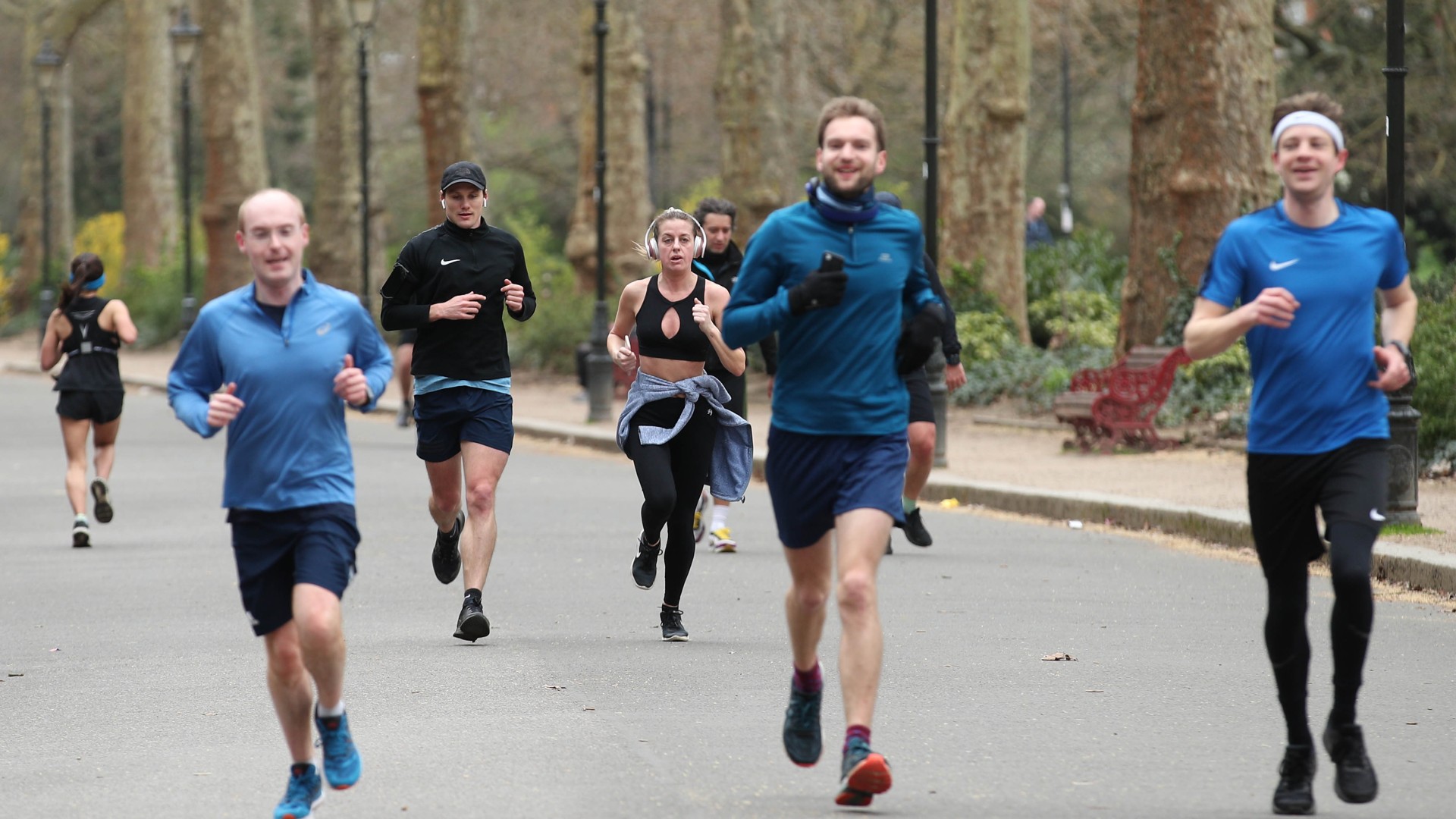The fitness tracker on your phone or wrist may be doing more than just monitoring your steps—it could be helping you increase your steps.
Exercise tracking increased activity among more than 16,000 participants in a study published last week.
Researchers analyzed data from 121 randomized controlled trials and 141 study comparisons to find out what impact fitness trackers — such as those found in smartphone apps and Fitbits — had on daily physical activity, moderate and more vigorous physical activity, and time spent sedentary, according to the study.
Using exercise apps increased daily physical activity by the equivalent of 1,235 steps per day and moderate and vigorous physical activity by 48.5 minutes per week, the research showed. The impact on sedentary time was negligible, the study found.
“People who use apps and fitness trackers are more active than those who don’t,” said Rasmus Tolstrup Larsen, a researcher at the University of Copenhagen’s department of public health.
“These effects are highly relevant in terms of health and disease risk, especially among people who are moderately active or do not meet current physical activity guidelines,” he said in an email. Larsen is also a management consultant at IQVIA Healthcare.
The effectiveness of fitness trackers has been a commonly investigated question since they first came onto the market, but this study is the most comprehensive to date, Larsen said.
And many people are looking to get moving again, during a pandemic that has created conditions that encourage more sedentary behavior.
“In a post-COVID era, the need to focus on behavioral change around physical activity and inactivity is more urgent than ever,” Larsen said. “Modern fitness trackers (wristbands, smartwatches or fitness apps) have the potential to be used as enablers for behavioral change by providing direct feedback to the user about the activity performed.”
While the study is “careful and useful,” it raises other questions, said Dr. David Asch, a professor of medicine at the Perelman School of Medicine and the Wharton School at the University of Pennsylvania and executive director of the Center for Health Care Innovation. He said he would also like to see an analysis of how the different trials examined in the study used rewards and incentives.
How to use them best
If you expect 2022 to be a more active year than previous ones, Larsen recommended looking into getting a tracking device — or using the ones available on your smartphone.
“The devices are cheap, simple and innovative. We can now safely say that they are effectively motivating people to do more activities in a safe way,” Larsen added.
But an activity tracker alone may not be the best bet for success, said Dr. Mitesh Patel, an associate professor of medicine at the University of Pennsylvania and vice president of clinical transformation at Ascension, a private health system.
“Changing behavior is always difficult,” said Patel, who was not involved in the study. “Using an activity tracker, such as those available on smartphones and other devices, can be an important part of efforts to increase physical activity.”
Other research in the area suggests they work even better when combined with programs designed to change behavior, such as adding elements that make the behavior more game-like or leveraging financial or social incentives, Patel said.
What these tracking apps add is a level of personal accountability, said Dana Santas, a CNN fitness contributor and mind-body coach to professional athletes.
It doesn’t even have to be electronic, he added. Using a notebook or any physical reminder tends to embed our awareness.
And a little competition with yourself never hurts, Santas said.
“When my Apple Watch sends me a message saying, ‘You can still make this happen,’ it motivates me to do what my watch is telling me I haven’t done yet, like reach 10,000 steps or spend more time standing,” Santas said.
Setting goals, adding incentives and a little accountability along with one of the fitness trackers could be just what you need to get moving again, experts agreed.
